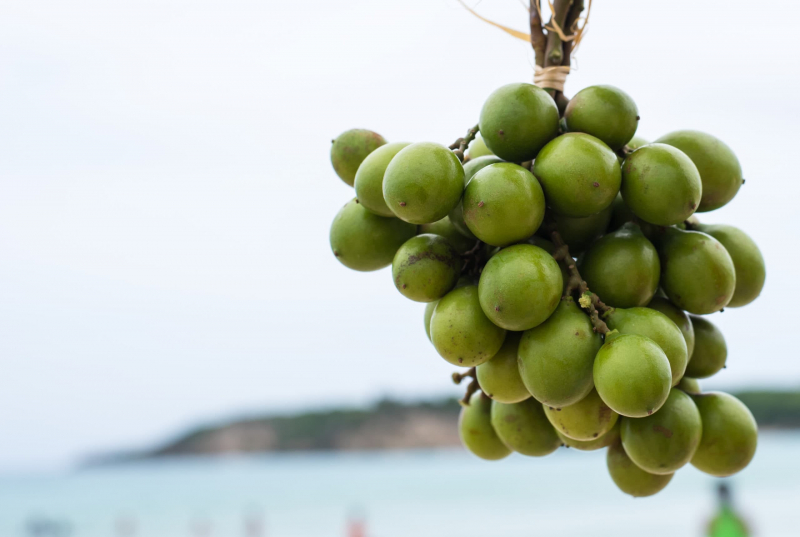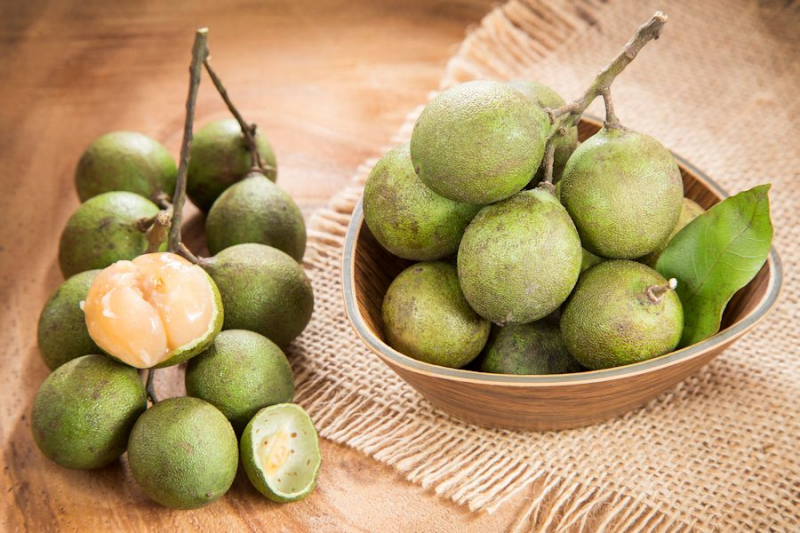Guinep
Melicoccus bijugatus is a fruit-bearing tree in the soapberry family Sapindaceae. This fruit is native to Central America, the Caribbean, and South America, so many natives and tourists in Cuba love it. Its stone-bearing fruits are edible. It is also called Bajan ackee, genip, guinep, genipe, ginepa, kenèp, quenepa, quenepe, quenette, chenet, skinup, talpa jocote, mamón, limoncillo, canepa, skinip, kenepa, kinnip, limonussy, huaya, or mamoncillo. Guinep is beloved in many countries. Most natives and tourists love this fruit when traveling to Jamaica.
Trees have complex, alternating leaves and can grow as tall as 25 meters. The four elliptic leaflets on the leaves measure 5–12.5 cm in length and 2.5–5 cm in width. They are mainly dioecious plants, but occasionally there are autogamous trees. Green, empty drupes that are 2.5–4 cm long and 2 cm wide are produced by flowers with four petals and eight stamens. The color of its pulp is orange, pink, or yellowish, and it has a somewhat juicier and pastier texture. The fruit is a spherical drupe with a thin, fragile green peel that is about 2-4 cm in diameter. One (or, in rare cases, two) pale seeds that are encased in a delicious, orange, luscious, gelatinous pulp make up the majority of the fruit. The appearance of this fruit has many similarities with lychee. Many mamoncillos attach in bunches.












